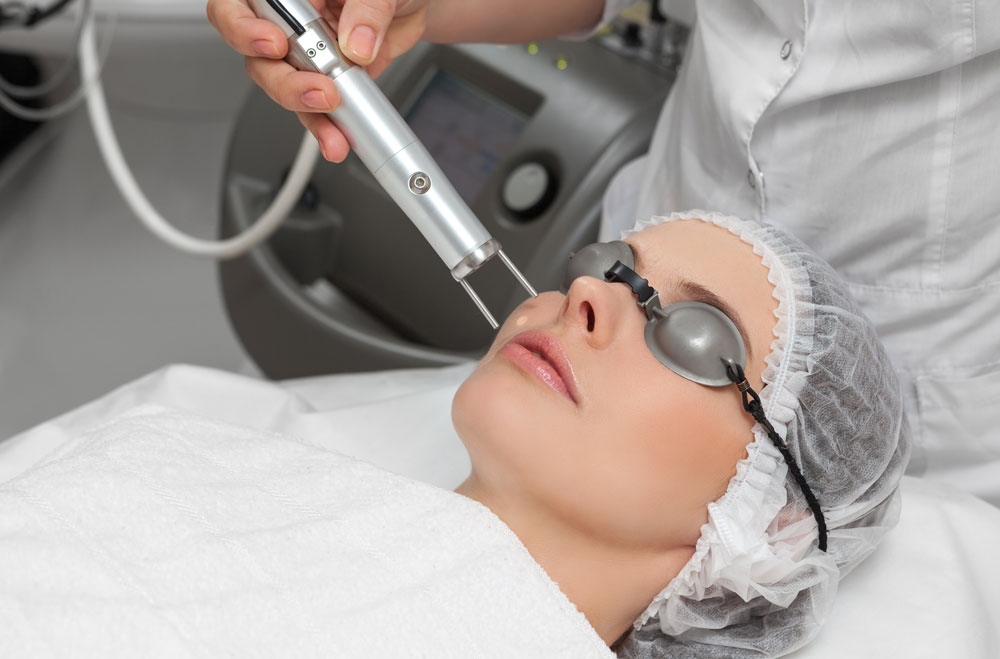Managing Pico Laser Downtime: A Non-Surgical Recovery Guide
Pico laser technology has become increasingly popular in recent years due to its ability to deliver noticeable, permanent results in fewer sessions than comparable options. While Pico lasers are safe and require minimal downtime, patients may still experience some form of downtime depending on the type of treatment they receive.
The Pico laser treatment downtime can vary depending on the specific treatment being performed and the individual patient’s skin type and condition. Some patients may experience redness, swelling, or mild discomfort immediately following treatment, but these side effects typically subside within a few hours to a few days. Patients undergoing more intensive Pico laser treatments may experience more significant downtime, but this is still typically less than what is required for traditional laser treatments.
Overall, Pico laser technology offers a safe and effective way to treat a variety of skin concerns with minimal downtime. Patients should consult with a licensed and experienced provider to determine the best treatment plan for their individual needs and to discuss any potential downtime or side effects associated with their chosen treatment.
Understanding Pico Laser
Pico laser technology is a non-surgical, non-invasive laser skin treatment that uses picosecond laser technology to deliver precise bursts of infrared light energy to the skin. This technology is regarded as one of the most advanced laser treatments currently available on the market.
Pico laser devices use ultra-short pulses of laser energy that are measured in picoseconds, which is one trillionth of a second. This makes Pico laser technology much faster than traditional laser devices, which use nanosecond pulses. The shorter pulse duration allows the Pico laser to deliver energy to the skin more efficiently, resulting in faster treatment times, fewer sessions, and less downtime.
One of the main advantages of Pico laser technology is that it can achieve impressive results with minimal downtime. While traditional laser treatments can require several days or even weeks of recovery time, Pico laser treatments typically only require a few hours of downtime. This is because the ultra-short pulses of laser energy used by Pico lasers are less damaging to the skin, allowing it to heal more quickly.
In addition to its fast treatment times and minimal downtime, Pico laser technology is also highly customizable. Pico lasers can be adjusted to deliver different levels of energy to the skin, allowing them to be tailored to the unique needs of each patient. This makes Pico laser technology a versatile tool for addressing a wide range of skin concerns.
Pico Laser Treatment Process
Pico laser treatment is a non-invasive skin treatment that uses a Pico laser to repair various skin concerns. The treatment is safe and effective for all skin tones and can be used to reduce signs of sun damage, hyperpigmentation, wrinkles, fine lines, and even unwanted tattoos.
Before starting the treatment, a consultation with a physician is necessary to determine the patient’s skin concerns and develop a treatment plan. During the consultation, the physician will also discuss the Pico laser treatment process and answer any questions the patient may have.
On the day of the treatment, the patient will visit a clinic where the area being treated will be cleaned and numbing cream will be applied to minimize discomfort during the procedure. The numbing cream will only numb the surface layer of skin, and the laser will penetrate the deeper layers, so some discomfort may still be felt.
The Pico laser emits short pulses of energy at a high intensity to break up pigmentation and stimulate collagen production. The pulse duration is measured in picoseconds, which is much shorter than traditional lasers, making the treatment more effective and reducing downtime.
The intensity of the laser can be adjusted based on the patient’s skin concerns and the area being treated. Higher intensity settings may cause more discomfort, but they can also provide more significant results.
After the Treatment
After the treatment, the patient may experience some redness and swelling, but the Pico laser treatment downtime is minimal compared to traditional laser treatments. Most patients can return to their normal activities immediately after the procedure, although it is recommended to avoid direct sunlight and wear sunscreen to protect the treated area.
Overall, the Pico laser treatment process is a safe and effective way to address various skin concerns. With a proper treatment plan and consultation with a qualified physician, patients can achieve significant results with minimal downtime.




